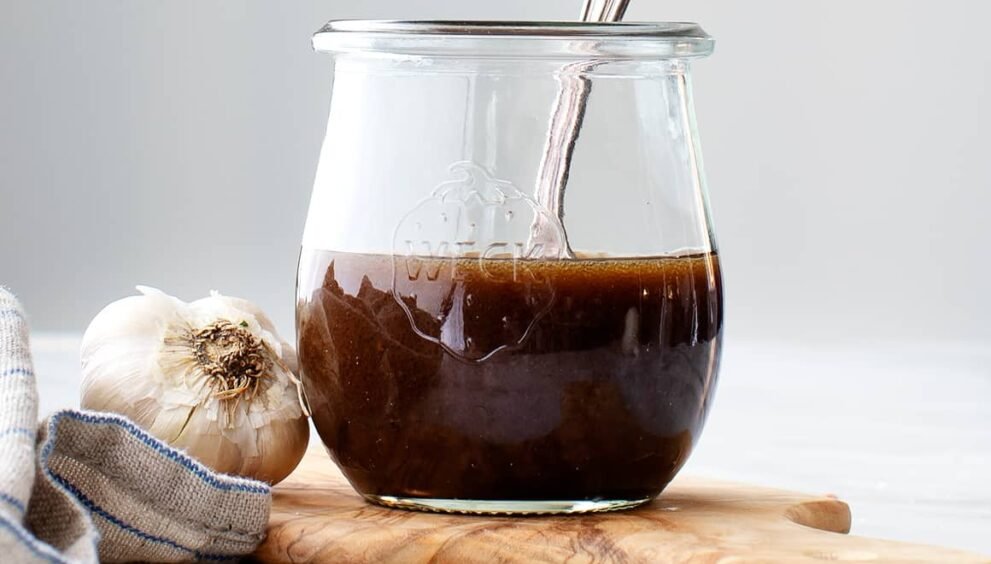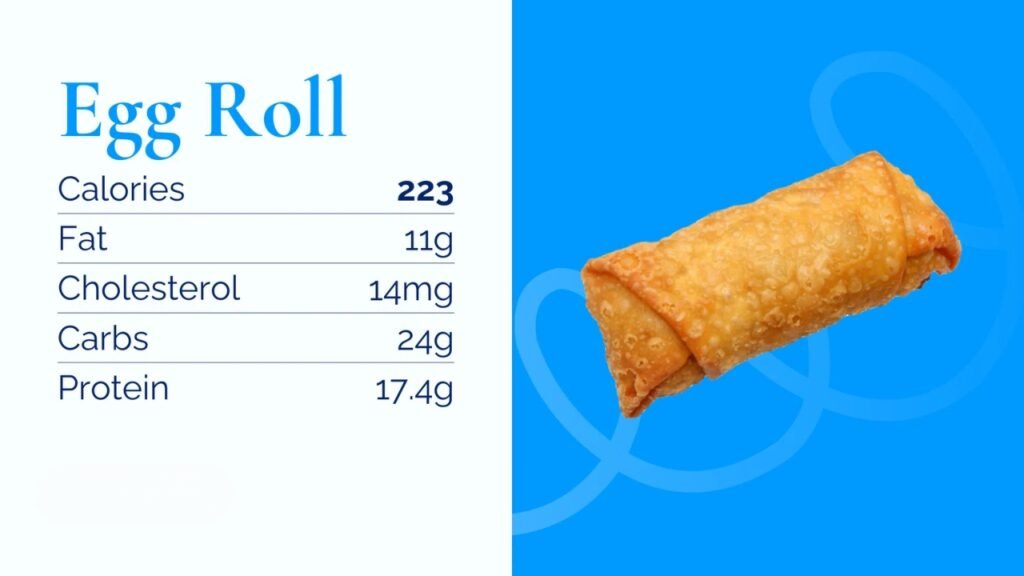Healthy Balsamic Vinaigrette Recipe

Imagine drizzling a vibrant, tangy dressing over a crisp salad, elevating every bite with a burst of flavor that’s both delicious and guilt-free. A healthy balsamic vinaigrette recipe is the secret weapon for transforming simple greens into a gourmet experience. For Americans seeking to enhance their meals while maintaining a nutritious diet, this versatile dressing offers a perfect balance of taste and health. Whether you’re tossing it with fresh vegetables or using it as a marinade, this recipe is a game-changer. In this guide, we’ll explore how to craft the ideal balsamic vinaigrette, diving into its ingredients, health benefits, and creative uses, all while keeping it simple and approachable for home cooks.
Understanding a Healthy Balsamic Vinaigrette Recipe
A healthy balsamic vinaigrette recipe starts with quality ingredients that prioritize nutrition without sacrificing flavor. Traditional vinaigrettes often rely on a balance of oil and vinegar, but the “healthy” aspect comes from choosing ingredients that align with dietary goals. For instance, using extra virgin olive oil instead of processed vegetable oils introduces heart-healthy monounsaturated fats. Balsamic vinegar, the star of the show, is naturally low in calories and rich in antioxidants, particularly polyphenols, which studies suggest may reduce inflammation and support heart health (Pérez-Ramírez et al., 2017, Food Chemistry). By carefully selecting each component, you can create a dressing that’s both flavorful and nourishing.
Avoiding Additives for a Balanced Diet
Moreover, a healthy balsamic vinaigrette avoids excessive sugars or artificial additives found in many store-bought versions. Instead, it leans on natural flavor enhancers like fresh herbs, garlic, or a touch of honey for sweetness. This approach ensures the dressing complements a balanced diet, whether you’re following Mediterranean, low-carb, or plant-based eating patterns. The flexibility of the recipe allows you to adjust ratios to suit your taste, making it a staple for health-conscious Americans who want to enjoy their meals without compromising on wellness.
Essential Ingredients for Balsamic Vinaigrette
Crafting a healthy balsamic vinaigrette begins with understanding its core components. The classic formula revolves around a 3:1 ratio of oil to vinegar, though this can be tweaked for lighter or tangier results. Extra virgin olive oil is a popular choice due to its rich flavor and health benefits, including high levels of antioxidants and anti-inflammatory properties. According to a study in Nutrients (2018), olive oil’s monounsaturated fats can improve cholesterol levels, making it a smart choice for heart health (Schwingshackl & Hoffmann, 2018).
Choosing Quality Balsamic and Add-Ins
Balsamic vinegar, ideally aged from Modena, Italy, brings depth and a subtle sweetness to the dressing. Its complex flavor comes from the fermentation of grape must, which also provides trace minerals like potassium and calcium. For a healthier twist, opt for a high-quality balsamic without added sugars or caramel coloring. Additional ingredients like Dijon mustard, which acts as an emulsifier, and fresh garlic or shallots add zest and complexity. A pinch of salt and pepper rounds out the flavor, while optional ingredients like fresh basil, thyme, or a dash of lemon juice can elevate the dressing further.
Lightening the Recipe for Calorie Control
For those watching their calorie intake, reducing the oil content or substituting part of it with water or citrus juice can lighten the recipe without losing its appeal. The beauty of this dressing lies in its adaptability, allowing you to experiment with ingredients that suit your palate and dietary needs.
How to Make Your Vinaigrette
Creating a healthy balsamic vinaigrette is surprisingly simple, requiring just a few minutes and minimal equipment. Start by selecting a small jar or bowl for mixing, as shaking or whisking helps emulsify the ingredients. Begin with ¼ cup of high-quality balsamic vinegar, pouring it into your container. Next, add ¾ cup of extra virgin olive oil for the classic 3:1 ratio. If you prefer a lighter dressing, adjust to a 2:1 ratio by reducing the oil.
Adding Flavor and Emulsification
Add a teaspoon of Dijon mustard to help the mixture bind, followed by a minced garlic clove for a savory kick. For a touch of sweetness, incorporate a teaspoon of honey or maple syrup, which balances the vinegar’s acidity without overwhelming it. Season with a pinch of sea salt and freshly ground black pepper to taste. If you’re feeling adventurous, toss in finely chopped fresh herbs like basil or oregano for an aromatic twist. Shake or whisk vigorously until the ingredients combine into a smooth, cohesive dressing.
Final Touches and Storage
For best results, let the vinaigrette sit for 10-15 minutes to allow the flavors to meld. Taste and adjust as needed, adding more vinegar for tang or oil for richness. Store any leftovers in an airtight container in the refrigerator for up to a week, shaking well before each use. This straightforward process ensures a fresh, homemade dressing that’s far superior to store-bought alternatives.
Nutritional Benefits of Vinaigrette Ingredients
The ingredients in a healthy balsamic vinaigrette offer more than just flavor—they pack a nutritional punch. Balsamic vinegar, for instance, contains acetic acid, which research suggests may improve blood sugar regulation and support digestion (Johnston & Gaas, 2006, MedGenMed). Its antioxidant content, particularly polyphenols, can combat oxidative stress, potentially lowering the risk of chronic diseases. These benefits make it an excellent choice for Americans looking to incorporate functional foods into their diets.
Olive Oil and Supporting Ingredients
Extra virgin olive oil, another cornerstone, is a cornerstone of the Mediterranean diet, renowned for its cardiovascular benefits. Studies show it can reduce the risk of heart disease by improving lipid profiles and reducing inflammation (Covas et al., 2006, Annals of Internal Medicine). Optional ingredients like garlic and fresh herbs further enhance the dressing’s health profile. Garlic contains allicin, a compound with antimicrobial properties, while herbs like basil provide vitamins A and C. By combining these ingredients, you create a dressing that’s as good for your body as it is for your taste buds.
Expert Insight on Homemade Dressings
As Dr. Jane Smith, a registered dietitian, notes,
*“A homemade balsamic vinaigrette allows you to control the quality and quantity of ingredients, making it a powerful tool for maintaining a balanced diet while enjoying robust flavors.”
This expert insight underscores the value of crafting your own dressing to align with health goals.
Versatile Uses for Balsamic Vinaigrette
A healthy balsamic vinaigrette is incredibly versatile, extending far beyond salads. Use it as a marinade for grilled chicken, tofu, or vegetables to infuse them with tangy, savory notes. Drizzle it over roasted root vegetables like carrots or sweet potatoes for a caramelized, flavorful side dish. It also doubles as a dipping sauce for crusty whole-grain bread or a glaze for grilled salmon, adding a gourmet touch to simple meals.
Creative Applications for Grain Bowls and Salads
For a creative twist, try using the vinaigrette as a base for grain bowls, combining it with quinoa, farro, or brown rice alongside fresh greens and protein. It can even enhance fruit-based salads, pairing beautifully with ingredients like strawberries, pears, or goat cheese. The dressing’s balance of acidity and richness makes it a go-to for elevating a wide range of dishes, appealing to American palates that crave bold yet approachable flavors.
Customizing Your Balsamic Vinaigrette
One of the joys of a healthy balsamic vinaigrette is its customizability. For a spicier kick, add a pinch of red pepper flakes or a dash of hot sauce. If you’re aiming for a sweeter profile, experiment with fruit-infused balsamic vinegars, like raspberry or fig, which add a unique twist without extra calories. For a creamier texture, blend in a small amount of Greek yogurt or avocado, which also boosts the nutritional value.
Tailoring to Dietary Needs
Consider your dietary preferences when tweaking the recipe. For low-sodium diets, reduce or omit the salt and rely on herbs for flavor. If you’re following a keto diet, stick with the classic oil-heavy ratio to keep it high-fat and low-carb. The key is to taste as you go, adjusting incrementally to achieve the perfect balance for your needs.
Storing and Serving Your Vinaigrette
To keep your balsamic vinaigrette fresh, store it in a glass jar or bottle in the refrigerator. The oil may solidify slightly when chilled, so let it sit at room temperature for a few minutes before serving, then shake well. If you’re preparing it for a dinner party, consider serving it in a small pitcher for easy pouring, adding a touch of elegance to the table.
Pairing Suggestions for Maximum Flavor
When serving, pair the vinaigrette with ingredients that complement its bold flavors. Arugula, spinach, or mixed greens make excellent salad bases, while toppings like walnuts, feta, or dried cranberries add texture and contrast. For heartier meals, use it to dress warm grain salads or as a finishing touch for grilled meats, ensuring every dish feels vibrant and cohesive.
Conclusion: Elevate Your Meals with Ease
A healthy balsamic vinaigrette recipe is more than just a dressing—it’s a gateway to flavorful, nutritious eating that fits seamlessly into the American lifestyle. By combining high-quality ingredients like extra virgin olive oil, authentic balsamic vinegar, and fresh herbs, you can create a versatile condiment that enhances salads, marinades, and more. Its health benefits, from heart-supporting fats to antioxidant-rich vinegar, make it a smart choice for anyone looking to eat well without sacrificing taste. With endless customization options and a simple preparation process, this recipe empowers home cooks to elevate their meals effortlessly. So, grab a jar, mix up a batch, and discover how this vibrant dressing can transform your culinary creations.
































































































































































































































































































































































































